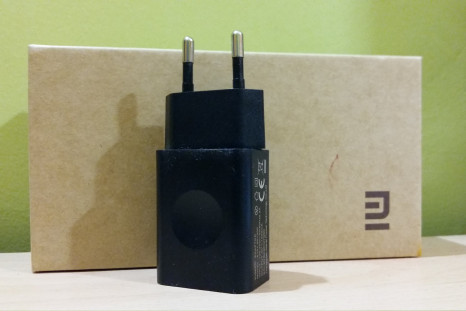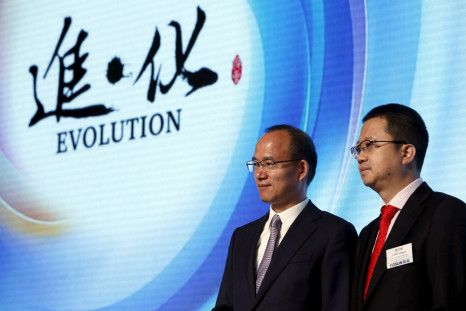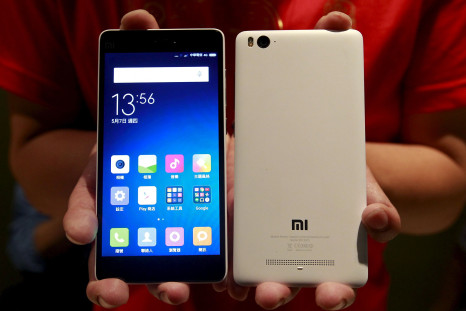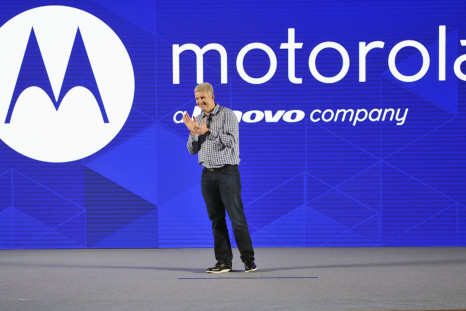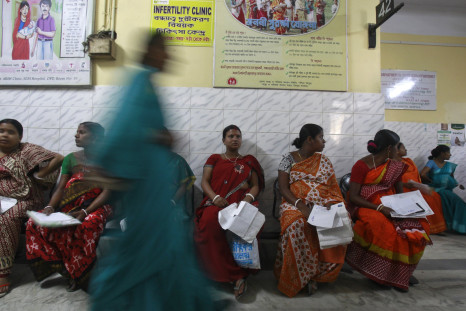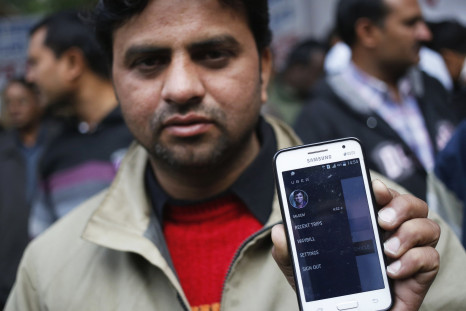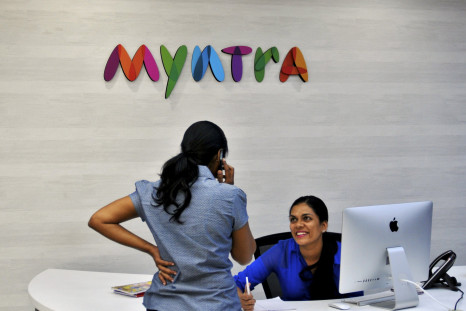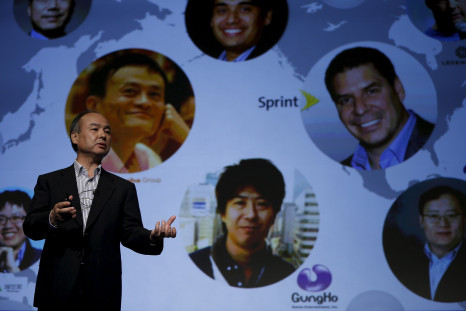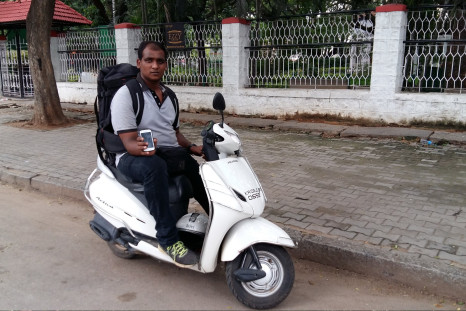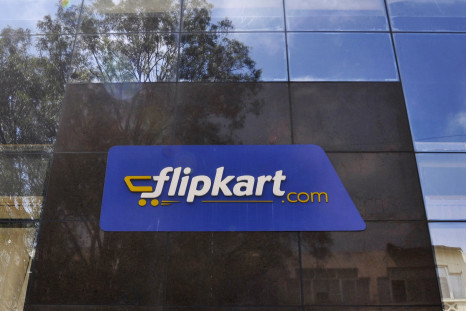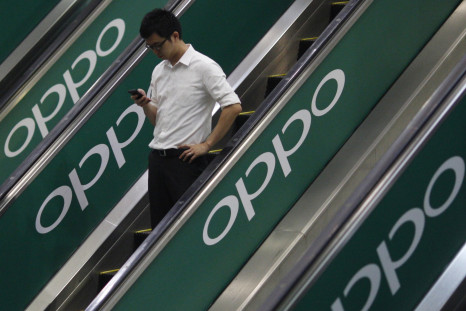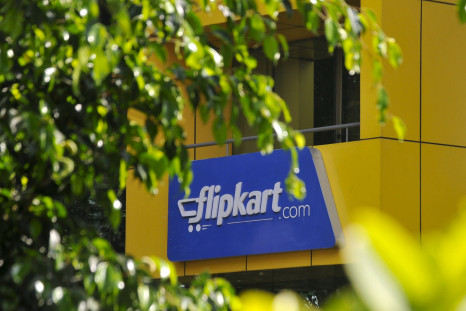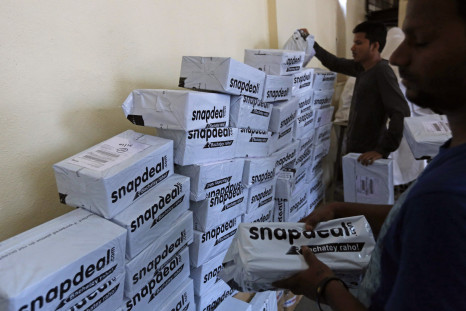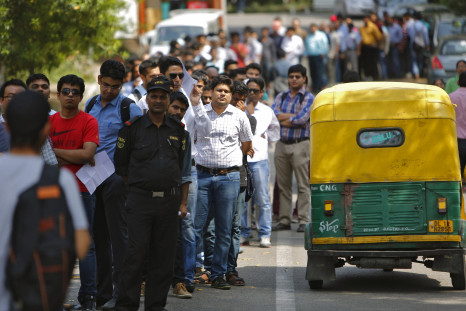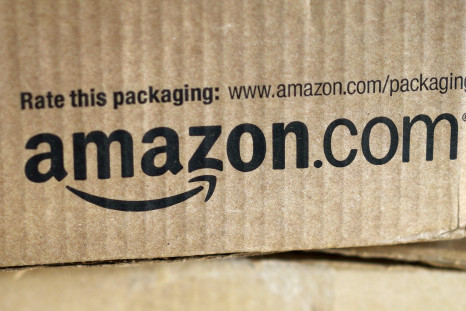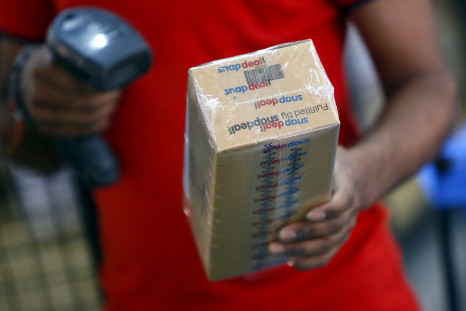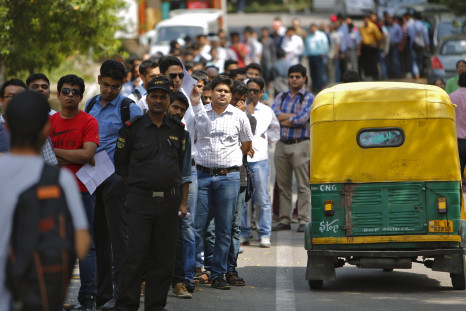OnePlus is plunging ahead with Qualcomm's Snapdragon 810 chipset, which has been cited in several overheating reports on other smartphones.
Xiaomi's razor-thin margins cut both ways, CEO Lei Jun's comments show, after he recently proposed shipping phones without their chargers.
Companies are adding brick-and-mortar options to make it easier for a growing smartphone-native population in India to buy digital content.
Chinese conglomerates looking to expand overseas are tapping opportunities in India as the subcontinent grows.
Xiaomi is struggling to sustain momentum in India, where demand outstrips supply of its phones.
Consumers in India still crave Maggi noodles amid a recall that has Nestlé fighting to save one of its most popular products.
Xiaomi's supply woes continue as the Chinese smartphone maker is only able to ship small batches to its second-largest market, India.
Google's relentless quest for an ever larger audience for its search advertisers has led the company to build lighter pages that will load even on 2G networks.
After its fallout with Cyanogen, OnePlus is set on improving its own OxygenOS that will ship with its next smartphone, the OnePlus 2.
Users of Motorola Mobility's Moto X phones may have reason to cheer as the company said it is closer to a full roll-out of the Android Lollipop 5.1 upgrade.
Most Indians don't have health insurance, and the backing by Google and Milner could help Practo expand into more Indian cities.
Thousands of drivers have seen their life take a turn for the better, working on cab-hailing networks, but local bans threaten that in India
Myntra, India’s largest online shopping company, is betting that hundreds of millions of Indians will buy their clothes and accessories on their smartphones.
Smartphones are great, but there is still a large market for cheap, basic phones like the Nokia 105 dual SIM handset.
Billionaire Jack Ma continues to build out Alibaba's mobile ecosystem and is raising more money for potential acquisitions
The Japanese conglomerate is becoming a force in the mobile Internet space, making ever more aggressive bets on startups it views as disruptive.
Affordable smartphones are changing lives in India, helping people get jobs, allowing entrepreneurs to reach customers and creating new first-time users.
The ridesharing company has big plans for the subcontinent, but they’ll go nowhere unless it can ensure passenger safety.
Few Indians have PCs, but more have smartphones — and they don't mind using the handsets to shop online.
Slowing China is pushing the country's mobile phone makers to flood India with their Android smartphones.
The vast majority of consumers on the subcontinent do not have access to a PC, but millions have smartphones.
India's e-commerce companies are investing heavily in building out their capabilities to offer a diverse set of services to sellers on their sites.
Online access could change the lives of millions in India, but supporters of an independent Internet there say large companies are seeking to control it.
A resolution of Nokia's tax dispute with India could lead to the sale of its mobile phone factory, which in turn could help the local mobile ecosystem if a buyer is found.
Chinese vendors like Xiaomi and Lenovo are targeting the subcontinent with slick, low-cost handsets.
The subcontinent's next big wave of smartphone users will include those who don't know English.
Google has released two new Chromebooks in India, with the sellers listing the laptops online to target India's urban middle class.
Uber and cab-hailing competitors in India continue to operate while wrangling with regulators, even as previous bans haven't worked.
Large Chinese companies like Alibaba are increasingly looking at India as an important step in their global expansion plans and stepping up investments there.
Faced with declining demand in their home market, China's handset makers are now counting on India for growth.
Editor's pick




